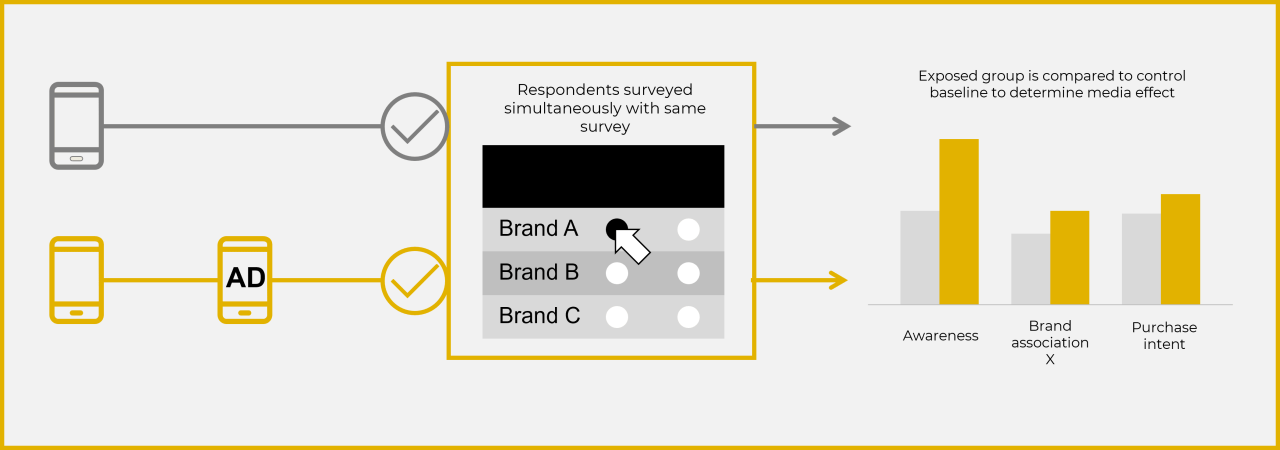Embark on a journey into the realm of DigiLife Next-Gen Digital Infrastructure, a cutting-edge technology that is shaping the future of digital ecosystems. This introductory paragraph sets the stage for a deep dive into the innovative world of digital infrastructure.
As we delve further, we'll uncover the key components, advantages, and integration of IoT and AI within this advanced infrastructure.
Overview of DigiLife Next-Gen Digital Infrastructure

DigiLife Next-Gen Digital Infrastructure is a cutting-edge system that encompasses various technological advancements to support the growing demands of the digital age.
Importance of Next-Gen Digital Infrastructure
- Enhanced Connectivity: With next-generation infrastructure, individuals and businesses can enjoy faster and more reliable internet connections, enabling seamless communication and efficient operations.
- Scalability: The ability to scale infrastructure according to evolving needs ensures that systems can accommodate increasing data volumes and user demands without compromising performance.
- Cybersecurity: Next-gen digital infrastructure incorporates robust security measures to protect sensitive data and mitigate cyber threats, safeguarding against potential breaches and unauthorized access.
Key Components of DigiLife Next-Gen Digital Infrastructure
- Cloud Computing: Utilizing cloud services for storage and processing tasks allows for flexible and cost-effective resource allocation, enhancing operational efficiency.
- 5G Technology: The implementation of 5G networks enables high-speed data transfer, low latency, and improved connectivity, supporting a wide range of applications from IoT to AR/VR.
- Edge Computing: By decentralizing data processing and storage closer to the source, edge computing reduces latency and enhances real-time processing capabilities, critical for applications requiring instant responses.
Advantages and Innovations

Adopting DigiLife Next-Gen Digital Infrastructure brings a multitude of advantages that can revolutionize the way we interact with technology and data. This cutting-edge infrastructure is designed to enhance efficiency, security, and scalability in a rapidly evolving digital landscape.
Advantages of DigiLife Next-Gen Digital Infrastructure
- Enhanced Speed and Performance: DigiLife Next-Gen Digital Infrastructure leverages advanced technologies to deliver faster data processing and seamless connectivity, enabling real-time interactions and data transfer.
- Improved Security Measures: With robust encryption protocols and multi-layered security features, DigiLife Next-Gen Digital Infrastructure ensures data protection and privacy, reducing the risk of cyber threats and unauthorized access.
- Scalability and Flexibility: Businesses and individuals can easily scale their digital operations with DigiLife Next-Gen Digital Infrastructure, adapting to changing demands and expanding their capabilities without significant infrastructure overhaul.
Innovative Technologies in DigiLife Next-Gen Digital Infrastructure
- Artificial Intelligence Integration: DigiLife Next-Gen Digital Infrastructure incorporates AI algorithms for predictive analytics, automation, and personalized user experiences, optimizing processes and decision-making.
- Internet of Things (IoT) Connectivity: By seamlessly integrating IoT devices and sensors, DigiLife Next-Gen Digital Infrastructure enables smart environments, efficient resource management, and real-time monitoring for various industries.
- Blockchain Technology Implementation: The use of blockchain technology in DigiLife Next-Gen Digital Infrastructure ensures transparent and secure transactions, decentralized data storage, and verifiable digital identities.
Comparison with Traditional Infrastructure
- Cost Efficiency: DigiLife Next-Gen Digital Infrastructure reduces operational costs associated with maintenance, upgrades, and system downtimes, offering a more cost-effective solution compared to traditional infrastructure.
- Enhanced Reliability: With redundant systems, automated failover mechanisms, and cloud-based backups, DigiLife Next-Gen Digital Infrastructure enhances reliability and uptime, minimizing disruptions and ensuring continuous operations.
- Future-Proofing: Unlike traditional infrastructure that may require frequent updates and replacements, DigiLife Next-Gen Digital Infrastructure is designed to adapt to emerging technologies and evolving requirements, providing a future-proof solution for long-term sustainability.
Integration of IoT and AI
IoT (Internet of Things) and AI (Artificial Intelligence) play crucial roles in the seamless integration of DigiLife Next-Gen Digital Infrastructure. These technologies work together to create a connected ecosystem that enhances digital experiences and provides innovative solutions for various industries.
IoT Integration
IoT devices are integrated into DigiLife Next-Gen Digital Infrastructure to collect real-time data from various sources such as sensors, smart devices, and machines. This data is then transmitted over the network to a centralized system where it is analyzed and processed.
By leveraging IoT technology, businesses can automate processes, monitor performance, and make data-driven decisions to improve efficiency and productivity.
Role of AI
AI plays a crucial role in analyzing the vast amounts of data collected by IoT devices. Machine learning algorithms are used to identify patterns, trends, and anomalies in the data, enabling businesses to extract valuable insights and optimize their operations.
AI also enables predictive maintenance, personalized recommendations, and intelligent automation, leading to more efficient and effective processes.
IoT and AI Collaboration
IoT and AI work together seamlessly to enhance digital experiences in various ways. For example, in smart homes, IoT devices such as smart thermostats and lighting systems can adjust settings based on user preferences, while AI algorithms learn from user behavior to optimize energy consumption.
In healthcare, IoT sensors can monitor patients' vital signs and send real-time data to AI-powered systems that can detect anomalies and alert healthcare providers. This collaboration between IoT and AI not only improves efficiency but also enhances the overall user experience.
Security and Data Management
The security and data management aspect of DigiLife Next-Gen Digital Infrastructure is crucial in ensuring the protection of sensitive information and maintaining the integrity of the system. Robust security measures are put in place to safeguard against cyber threats and unauthorized access to data.
Importance of Security Measures
- Implementation of encryption techniques to secure data transmission and storage.
- Regular security audits and updates to identify and address vulnerabilities.
- Multi-factor authentication for access control and user verification.
- Firewalls and intrusion detection systems to prevent unauthorized access.
Strategies for Data Management
- Utilization of data analytics tools for efficient data processing and storage.
- Establishment of data governance policies to ensure data quality and compliance.
- Regular backups and disaster recovery plans to prevent data loss.
- Secure data sharing protocols among authorized users and systems.
Data Privacy in Advanced Ecosystem
- Adherence to data protection regulations such as GDPR to safeguard user privacy.
- Anonymization of data to protect sensitive information while still allowing for analysis.
- User consent mechanisms for data collection and processing activities.
- Continuous monitoring and auditing of data access to detect any privacy breaches.
Closure

In conclusion, DigiLife Next-Gen Digital Infrastructure offers a glimpse into the endless possibilities of a technologically advanced future. With a focus on security, data management, and seamless integration of IoT and AI, the digital landscape is set to evolve like never before.












